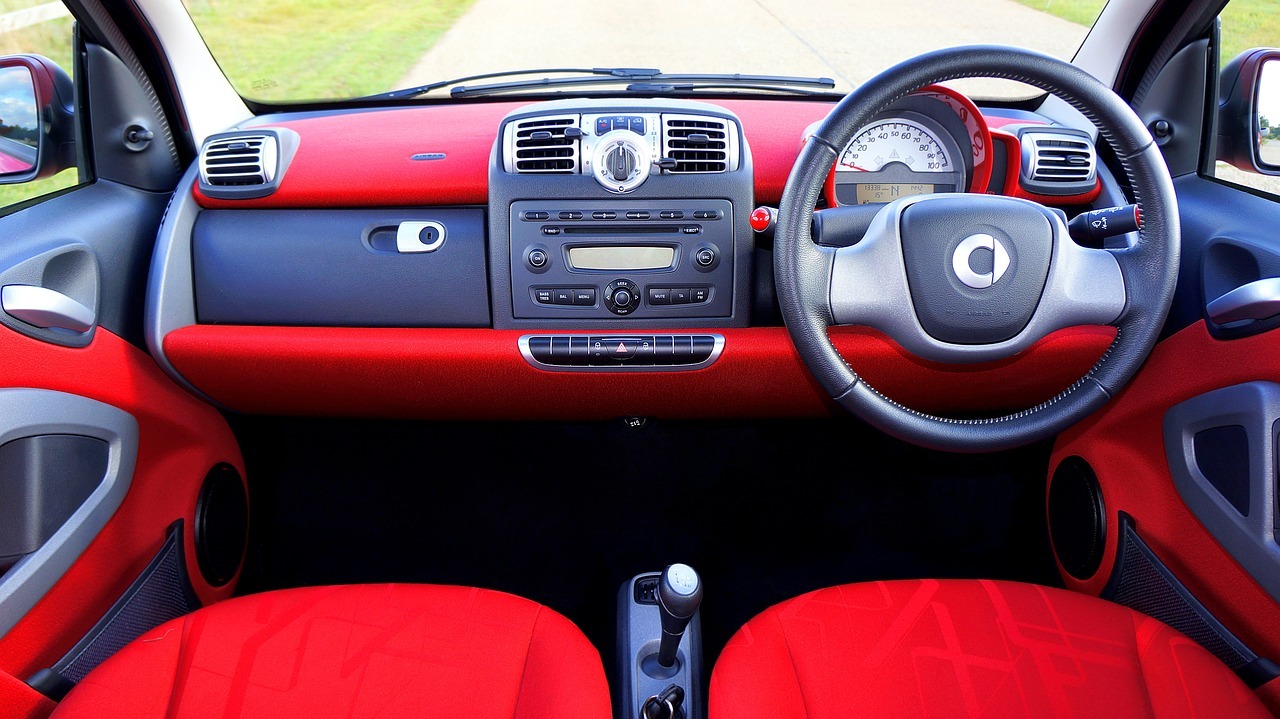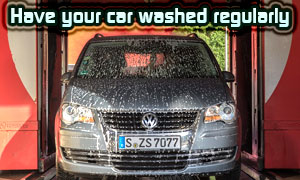To maintain a vehicle’s good condition, you need to exert effort in regular maintenance. Even if you have the most efficient car in the world, you still need to take care of it so that it may serve you really well for many years to come. Car manufacturers, trusted technical experts, experts, and even ordinary car owners – especially those who have experienced costly repairs – will likely advise you to never forget proper car maintenance to prevent expensive repairs and unnecessary damages.
Here are some of the basic and general car care tips that will apply to any vehicle:
1. Read the user’s manual.
This might be a no-brainer, but some people overlook their manual and try to operate their vehicle on their own terms. The owner’s manual is provided because cars and their needs vary from one automaker to another, and one model to another. There is no single standard for car maintenance, including how often do you need to change your oil or filters, what type of fuel suits best for your car, and more. For instance, if you are using a cheaper type of gasoline for your car that needs a higher octane fuel, it might cause damage to your engine, and might void your warranty. That’s why its really important to read your user’s manual that can also be found online at manualsnet.com so you can avoid those breakdowns on your engine and prolong its life.
2. Always check your tires.
Tires keep your car rolling, so it’s very important to take care of them. Regularly check the air pressure in your tires every month and make sure each of them has enough thread. Doing so will give you better mileage and smoother driving. Ensure longer tire life by getting them rotated and balanced every 10,000 kilometers or as stated in the manual.
Don’t forget to also check the spare tire (and always have one) and keep a jack and a lug wrench with it.
3. Change oil and oil filter as needed.
Car engines will last longer with regular oil and oil filter changes. Even the best type of oil in the world will not keep your engine in a good working condition for many years if you never change it. Neglecting oil change can also cause higher fuel consumption and severe engine damage.
It is a common tip that you need to change oil every 3,000 miles, but it actually varies from vehicle to vehicle. Some cars would allow 5,000 or 10,000 miles before the oil needed to be changed. It also depends on the oil your car calls for, so it’s really important to refer to the manual.
4. Check your fluids.
As you check your oil, check the car’s fluids also if they need to be replaced or to be topped up. Check your brake, power steering, transmission, windshield, antifreeze, coolant, and even wiper fluids. You don’t actually need to learn how to change those; you just need to know where and how to check them. For some cars, tank levels can be seen directly, but most have gauges that can be pulled out to check. If the levels are running lower than the indicated optimal levels, you must add more fluid (if you know how to) or get it changed.
Usually, the brake, power steering and coolant systems are closed, so if the fluid levels are low, there might be a leak. Once it happens, don’t ignore it and have it checked. Windshield fluids also need refills for better visibility whenever you use your wipers.
5. Check and test your battery.
Batteries usually do not require constant maintenance, but it’s better to know where it is and check if it has no leaks or anything unusual. The contacts on the battery must be tight, clean and corrosion-free, so if you see any buildup, clean it up with a battery cleaning brush and rags.
The typical battery life for cars is three to five years, and the hotter the climate, the shorter its life will be. After three years, testing is recommended, then annually after that. If your battery is more than five years old, you must consider replacing it.
6. Replace wiper blades when it already makes lines on the windshield.
Visibility is important for safety, and if wiper blades are not helping out to clear the view, then you need to replace it. Wipers are cheap and easy to install and it needs replacement usually every year.
7. Check your car’s filters.
Different filters like the engine air filter, cabin air filter, and fuel filter need to be regularly checked for damage or clogging, which should prompt you to buy or have someone install a replacement. Filters might get dirty quickly if the car is always driven a lot in stop-and-go traffic areas, so it needs to be replaced more often.
 8. Change spark plugs regularly.
8. Change spark plugs regularly.
Spark plugs that are covered in buildups or are worn-out can negatively affect the engine’s performance. They can cost you more, as the car would tend to consume more fuel. In some cases, you can replace your own spark plugs (if you will exert some effort and patience), but if you don’t want to, you can take your car to a shop or have a mechanic replace them. Some spark plugs need to be changed after 30,000 miles, but they actually vary per model or type of car.
9. Check belts and hoses.
Serpentine and timing belts need replacement once they become worn-out and recommendations on the best condition to replace them are found in the manual, or if not, online. It’s good to replace worn-out belts to avoid damage on other accessories it may affect, preventing greater costs on future repairs. Meanwhile, rubber hoses can be affected by the weather so it needs to be inspected for any visual damage.
 10. Have your car washed regularly.
10. Have your car washed regularly.
Caring for your car means keeping it clean, whether if you wash it yourself or bring it to a carwash station. While it’s obvious that you need to clean the outside and the interior of the car, if you want to preserve it, mostly anything the car ran over, can get stuck in the underside, so it’s good to use a hose over it. Don’t leave crud in the exterior of your car for too long – it might strip away wax and permanently eat into your cars paint, requiring sanding and repainting if you wish to see it clean again.


 8. Change spark plugs regularly.
8. Change spark plugs regularly. 10. Have your car washed regularly.
10. Have your car washed regularly.